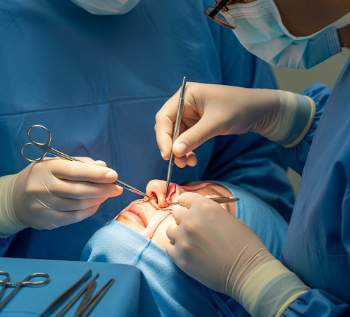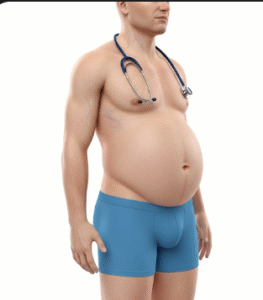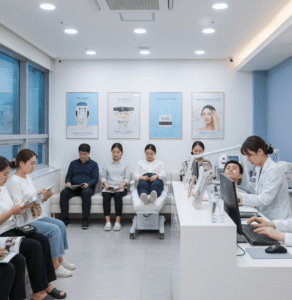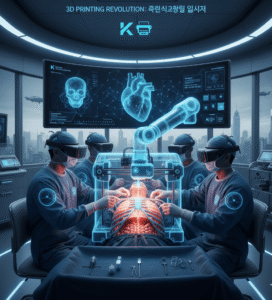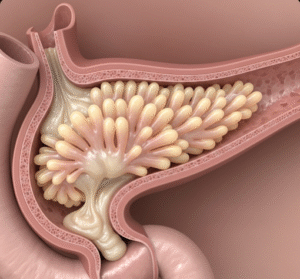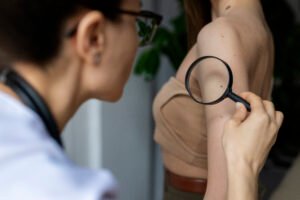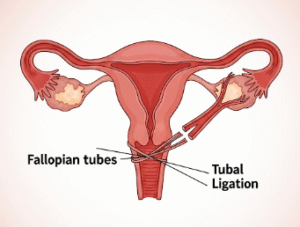Overview
Rhinoplasty, commonly known as a nose reshaping or cosmetic nose surgery, is a procedure designed to enhance the appearance, proportion, and function of the nose. It can be performed for aesthetic reasons, structural correction, or to improve breathing due to nasal deformities.
South Korea is recognized globally for advanced plastic surgery techniques, highly skilled rhinoplasty surgeons, and state-of-the-art surgical facilities, offering both cosmetic and functional outcomes with high patient satisfaction.
What is Rhinoplasty?
Rhinoplasty is a surgical procedure where the nasal bone, cartilage, and tissues are reshaped to achieve the desired appearance or function. Key points include:
✔ Can address cosmetic concerns like a dorsal hump, wide nose, or droopy tip.
➔ Corrects functional issues such as deviated septum, nasal obstruction, or breathing difficulties.
● Performed under general or local anesthesia, depending on complexity.
★ Customized approach: Open or closed techniques tailored to patient anatomy and goals.
It is indicated for individuals seeking aesthetic enhancement, nasal reconstruction after trauma, or improved nasal function.
What are the Benefits?
Rhinoplasty provides several advantages:
✔ Improved facial symmetry and appearance.
➔ Enhanced self-confidence and psychological well-being.
● Correction of breathing difficulties and structural defects.
★ Long-lasting results when performed by skilled surgeons.
➤ Can restore nasal function following trauma or congenital deformities.
Procedure Details
1) How should I prepare for Rhinoplasty?
Preparation ensures safety, optimal results, and smooth recovery:
✔ Medical evaluation: Comprehensive history, physical exam, imaging if needed.
➔ Medication review: Avoid blood thinners, certain supplements, or herbal medications.
● Preoperative counseling: Discuss goals, surgical plan, risks, and recovery expectations.
★ Photography and simulations: Often used to visualize potential outcomes.
➤ Anesthesia evaluation: Determine suitability for general or local anesthesia.
2) What happens during Rhinoplasty?
The surgery is performed in a sterile operating room under anesthesia:
✔ Incision: Closed rhinoplasty uses internal incisions; open rhinoplasty involves a small external incision on the columella.
➔ Reshaping nasal structures: Cartilage and bone are modified to achieve desired shape or function.
● Septum correction: Deviated septum may be repaired to improve breathing.
★ Closure: Incisions are sutured; splints and nasal packing may be applied.
➤ Procedure duration: Typically 1–3 hours depending on complexity.
Korean surgeons emphasize precision, natural-looking outcomes, and minimal scarring.
3) What happens after Rhinoplasty?
Post-operative care focuses on swelling control, comfort, and healing:
✔ Immediate recovery: Observation in recovery room; mild discomfort and swelling expected.
➔ Pain management: Oral analgesics for mild to moderate discomfort.
● Swelling and bruising: Most noticeable in first 1–2 weeks; gradually subsides.
★ Follow-up: Splint removal usually after 7–10 days; regular check-ups for 1–6 months.
➤ Activity: Avoid strenuous activity, heavy lifting, and contact sports for several weeks.
Risks / Benefits
Possible Risks:
✔ Infection at incision site
➔ Bleeding or hematoma
● Asymmetry or dissatisfaction with appearance
★ Septal perforation or breathing difficulties (rare)
➤ Need for revision surgery in some cases
Major Benefits:
✔ Improved nasal appearance and facial harmony
➔ Corrected nasal obstructions or breathing issues
● Boosted self-confidence and psychological well-being
★ Long-lasting and natural-looking results with skilled surgeons
➤ Ability to restore nasal function after trauma or deformity
Recovery and Outlook
✔ Immediate recovery: Swelling, bruising, and mild discomfort for 1–2 weeks.
➔ Splint removal: Usually 7–10 days post-op.
● Activity: Resume work in 1–2 weeks; avoid strenuous activity for 4–6 weeks.
★ Final results: Nose shape and swelling stabilize over 6–12 months.
➤ Follow-up: Regular post-op visits to monitor healing, symmetry, and breathing function.
When To Call the Doctor
Contact your doctor immediately if you notice:
✔ Fever, chills, or signs of infection
➔ Severe or uncontrolled pain
● Persistent bleeding or unusual discharge
★ Difficulty breathing through the nose
➤ Asymmetry, implant issues, or unusual swelling
Best Korea Option / Process
South Korea provides world-class rhinoplasty services with:
✔ Leading hospitals and clinics: ID Hospital, Banobagi Plastic Surgery, and JK Plastic Surgery.
➔ Experienced rhinoplasty surgeons skilled in cosmetic and functional procedures.
● Advanced surgical techniques: Open/closed rhinoplasty, cartilage grafting, and minimally invasive approaches.
★ Comprehensive care: Pre-op consultation, surgery, post-op follow-up, and revision planning if needed.
➤ Medical tourism support: Translation services, appointment coordination, and personalized care for international patients.
✅ Highlights:
✔ Rhinoplasty enhances appearance, facial harmony, and nasal function
➔ Corrects breathing issues and structural deformities
● Minimally invasive, precise, and customizable
★ Risks include infection, bleeding, asymmetry, and rare complications
➤ Korean hospitals provide expert surgeons, advanced techniques, and comprehensive post-op care

